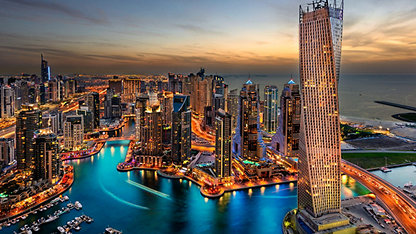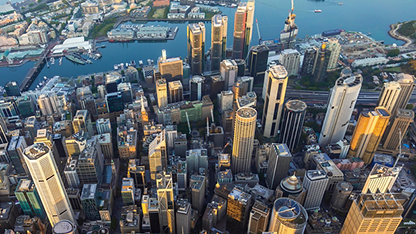In the first in our series of articles exploring how the built environment will adjust as the Covid-19 lockdown is lifted, we look at how repurposed buildings will return to their original use.
Permitted development rights, which allow for the construction of certain types of development without the need for planning permission, have had a chequered history in recent years. Originally the preserve of minor projects, such as home extensions outside conservation areas, in 2013 the PDR regime was expanded to allow for the conversion of office buildings into apartment blocks. It’s safe to say that the quality of the ensuing developments was patchy at best.
Earlier this year, however, another new PDR was introduced that enjoys near universal support. At 10.00 on 9 April, the Town and Country Planning (General Permitted Development) (Coronavirus) (England) (Amendment) Order 2020 came into effect.
It allows both councils and health service organisations to change the use of existing structures and construct new buildings as required in the battle against the Covid-19 pandemic. And, crucially, it gave the owners of property such as hotels the confidence to hand their assets over to the authorities safe in the knowledge that they could return the buildings back to their original use, without having to get additional planning permission.
“Whilst the discussion of the new rights tends to be around the headline grabbing facilities, like the Nightingale hospitals, they also enable the smaller scale developments being seen around the country, such as making staff car parking available to hospitals, hosting temporary testing centres, or using hotels as temporary accommodation,” says Hannah Quarterman, partner at Hogan Lovells.
Factoring in the unpredictable
Indeed, the scope of the new PDR is far more extensive than anything we have seen before – something necessitated by the unpredictable nature and seriousness of the crisis. “The definitions of ‘health service body and ‘emergency’ are very wide, and the restrictions on development are limited, making this an extensive right which will cover a broad range of developments,” says Matthew White, a partner and head of planning, London, at law firm Herbert Smith Freehills. “The explanatory memorandum recognises that there is a need for broad rights because it is difficult to predict the types of development that may be required.”
That said, the PDR does contain exclusions. For example, development cannot take place in a military explosive storage area, a site of special scientific interest or on a property that is or contains a scheduled monument. Neither can development take place within 5m of any boundary of a domestic property. “Then there are other exclusions that effectively limit the height of buildings and the location of moveable structures relative to the property boundary,” says Duncan Field, solicitor at Town Legal.
It also has to be said that the PDR is strictly time limited. The right is available until 31 December 2020, meaning that in practice it is likely only to be used for Covid-19-related developments. “These include the use of commercial buildings for temporary hospital facilities,” says White. “It will also enable new temporary buildings and structures to be erected to provide health facilities such as coroner facilities, mortuaries, testing units, storage facilities, and distribution centres for food and other commodities.”
Removing the uncertainty
Of course, given the seriousness of the current situation, it is doubtful whether any local planning authority would have taken action against a health body – or indeed itself – on the basis of a planning infringement, however serious. Indeed, London’s Nightingale hospital in the ExCel Centre in the East End was completed before the PDR came into force.
However, Quarterman says that it was still an important move because it took the uncertainty away from property owners. “In practice most LPAs would have taken a pragmatic approach to enforcement, but the risk remained that those offering their properties could have been rewarded with uncertainty around the lawfulness of the use of that property,” she says.
- Written by Adam Branson













